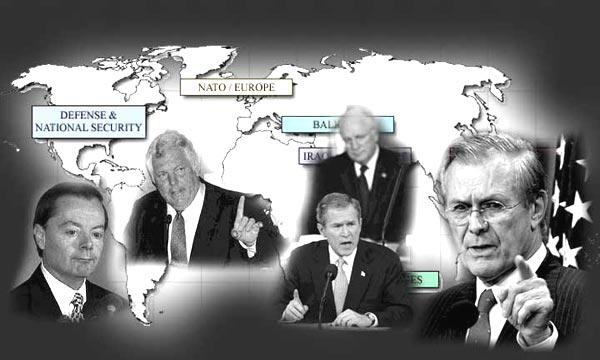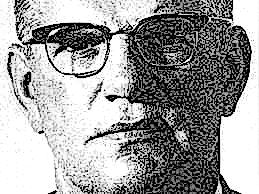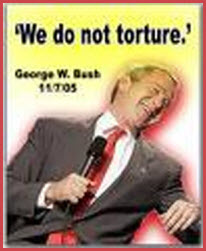Alex Constantine - October 12, 2014
October 10 2014
I came of age in New York City overhearing older folks who’d lived through the crack era, ask a series of open-ended questions that began like this: “We didn’t own no planes. How you think crack got here?” How, indeed.That’s the subject of a new film opening tonight called “Kill The Messenger.” Actor Jeremy Renner plays investigative journalist Gary Webb whose controversial 1996 three-part newspaper series opens like this:
For the better part of a decade, a San Francisco Bay Area drug ring sold tons of cocaine to the Crips and Bloods street gangs of Los Angeles and funneled millions in drug profits to a Latin American guerrilla army run by the U.S. Central Intelligence Agency, a Mercury New investigation has found.
The drug network opened the first pipeline between Colombia’s cocaine cartels and the black neighborhoods of Los Angeles, a city now known as the “crack” capital of hte world. The cocaine that flooded in helped spark a crack explosion in urban America and provided the cash and connections needed for L.A.’s gangs to buy automatic weapons.
The series rocked the country. One 1997 article described it as, “the most talked-about piece of journalism in 1996 and arguably the most famous—some would say infamous—set of articles of the decade.”
So what happened after? Three major newspapers—The New York Times, The Washington Post and The Los Angeles Times—some in collaboration with the CIA, The Intercept reports—set out to discredit Webb. They did. In December 2004, Webb, an award-winning investigative journalist and 49-year-old father of three who reportedly suffered bouts of clinical depression, took his own life.
“Kill the Messenger,” largely viewed as a vindication of Gary Webb, opens nationwide tonight. It’s sure to stir memories for familes displaced by civil war in Nicaragua and those in the U.S. who not only came of age under crack-cocaine but, who also sought to rebuild their communities in the decades after.
As for the truth of Webb’s claims, from Nick Schou, author of the biography on which the movie is based, in The Intercept:
“I think it’s fair to take a look at the story objectively and say that it could have been better edited, it could have been packaged better, it would have been less inflammatory. … But these are all kind of minor things compared to the bigger picture, which is that he documented for the first time in the history of U.S. media how CIA complicity with Central American drug traffickers had actually impacted the sale of drugs north of the border in a very detailed, accurate story. And that’s, I think, the take-away here.”
The book:








